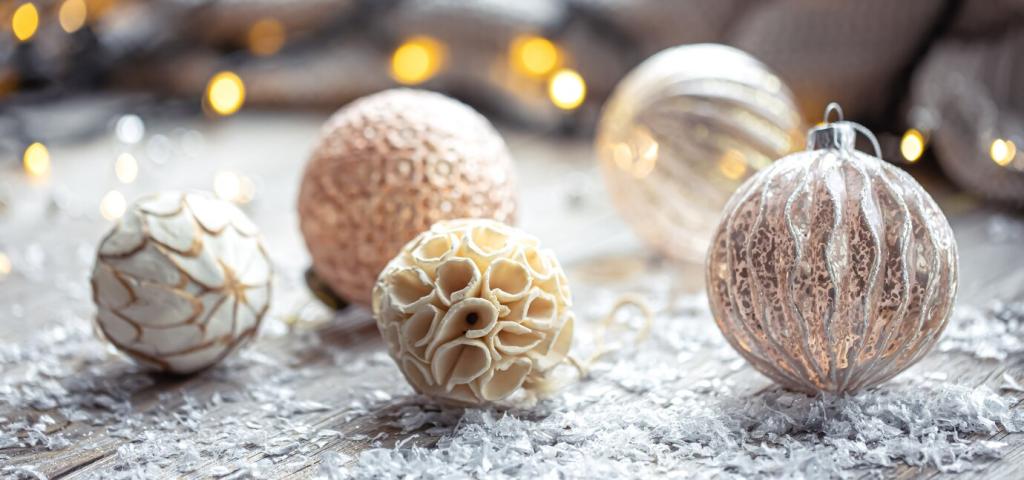Global Perspectives on Home Decoration Traditions
Home decoration traditions serve as a living canvas showcasing the distinctive cultures, values, and histories of societies around the world. From the vibrant colors of South America to the minimalist elegance of Scandinavia, the way people decorate their homes reflects not just aesthetics but also local customs, spiritual beliefs, and practical adaptations to environment. Exploring global perspectives on home decoration reveals both our shared humanity and the unique threads that define each community. This page delves into how home decoration differs across continents, the impact of cultural rituals, adaptation to climate, and the influence of globalization.

Previous
Next
Feng Shui in East Asia
Feng Shui, a Chinese philosophy centered on harmonizing individuals with their environment, plays a profound role in home decoration across East Asia. The placement of furniture, the use of mirrors and water features, and the selection of colors are all meticulously considered to optimize the flow of positive energy, or “qi.” Red, symbolizing luck, is a favored accent color, while elements like bamboo and jade evoke growth and prosperity. Feng Shui extends to entrances, bedrooms, and even the orientation of the home, highlighting the deep-seated belief in the connection between well-being and one’s surroundings.
The Mediterranean Evil Eye
In Mediterranean countries such as Greece and Turkey, the evil eye is a widely-recognized symbol intended to ward off misfortune. Homes often feature talismans, such as blue glass beads or painted motifs, prominently displayed near entrances, windows, and living areas. The tradition blends function with decoration: these objects are both beautiful and imbued with protective power in the local consciousness. Such symbolism is often paired with a fondness for sun-washed colors, wrought iron, and stone surfaces, grounding these decorative elements in a distinctly Mediterranean aesthetic.
Indian Festive Decoration
Indian home decoration is deeply entwined with the country’s rich tapestry of festivals and rituals. From Diwali lamps that illuminate doorways to Rangoli—vivid artworks made with colored powders or petals crafted on thresholds—every celebration brings with it a wave of decorative renewal. Homes are adorned with intricate textiles, brass lamps, and elaborate wall hangings, often changing seasonally or according to religious events. These practices reinforce family bonds, invite auspiciousness into the home, and underscore the profound relationship between daily life and cultural tradition.
Materials and Craftsmanship Across Cultures
Japan’s dedication to simplicity and natural beauty is reflected in its home interiors through the philosophy of “wabi-sabi,” which embraces imperfection and impermanence. Traditional homes feature tatami mats, sliding shoji screens crafted from rice paper, and carefully joined woodwork using native timbers such as cedar and cypress. Subtle earth tones, uncluttered spaces, and the deliberate choice of personal objects create an atmosphere of tranquility. Craftsmanship is highly valued, and family heirlooms or handcrafted ceramics often hold places of honor, reflecting both aesthetic restraint and deep respect for artisanal labor.
Previous
Next
